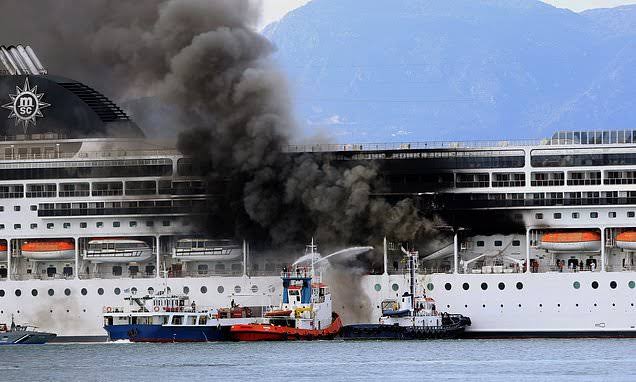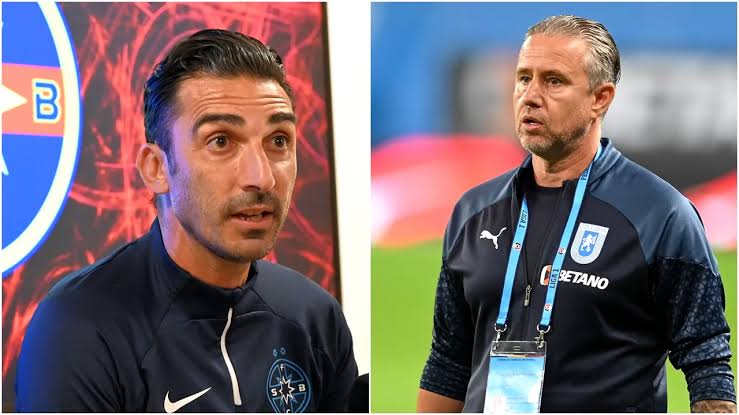
- Cruise Ships in Crisis: Ocean Polluters Race Against Time to Avoid Global Ban
Once infamous for their environmental recklessness, cruise ships are now facing a dramatic reckoning. Once considered floating cities of excess and pollution, these massive vessels are being forced to clean up their act or face the consequences. The global cruise industry, long accused of spewing toxins into the air and dumping waste into the sea, is scrambling to survive as new environmental laws, port restrictions, and public outrage close in.
Major cruise lines like Carnival Corporation, MSC Cruises, and Royal Caribbean are pouring billions into sustainability initiatives — but not out of goodwill. The pressure is coming from all sides: governments threatening port bans, watchdog groups exposing pollution crimes, and eco-conscious travelers demanding cleaner alternatives. What was once a profit-first business model is being shattered by a simple truth: the cruise industry is running out of time.
One of the most dramatic changes is the adoption of Liquefied Natural Gas (LNG) as a “cleaner” fuel alternative. LNG-powered ships release far fewer sulfur and nitrogen oxides, cutting smog and acid rain risks. But critics warn this isn’t a green revolution — it’s a fossil-fueled illusion. LNG still emits methane, a greenhouse gas far more potent than CO₂, raising serious questions about whether this is genuine progress or just clever marketing.
Meanwhile, ports across California, Norway, and the Mediterranean are refusing to tolerate ship exhaust in their harbors. In response, cruise lines are installing shore power systems, allowing ships to plug into local electrical grids while docked. This move slashes emissions in port, but the clock is ticking — only a fraction of the global fleet is equipped with this technology, and the infrastructure is far from universal.
Waste management, once an industry embarrassment, is undergoing a radical overhaul. Cruise ships are now legally required to treat wastewater, separate recyclables, and eliminate single-use plastics. Norwegian line Hurtigruten has even begun experimenting with biofuels made from fish waste — an almost unbelievable reversal for an industry once fined millions for illegal dumping. While the change is welcome, skeptics argue it should have started decades ago.
On the technological front, cruise ships are undergoing digital overhauls. Smart HVAC systems, energy-efficient hull designs, LED lighting, and AI-powered navigation are being deployed to reduce fuel burn and emissions. The upgrades are expensive and complex — retrofitting older vessels is a logistical nightmare — but the alternative is worse: financial ruin and regulatory exclusion.
Cruise passengers, once pampered in wasteful luxury, are now being enlisted in the fight for sustainability. Onboard programs teach marine conservation, promote sustainable tourism, and even offer “citizen science” missions where guests collect ocean data for researchers. Ships are shifting menus to highlight local, seasonal ingredients and replacing plastic souvenirs with eco-conscious products. The message is clear: cruising can’t be carefree anymore — it has to be conscious.
Despite the progress, the industry’s future hangs in the balance. The cost of transformation is staggering, and critics argue the changes are too slow. But one thing is certain: the golden age of unchecked cruising is over. With stricter laws looming and the planet under pressure, cruise ships must evolve — or be left behind in history as relics of a careless era that nearly sank the seas.






